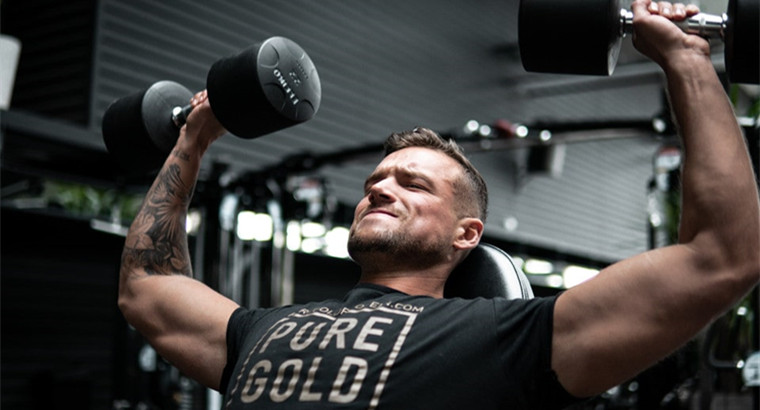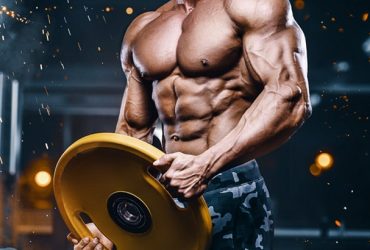We have to admit — there’s a certain pride in being sore after a good workout. It serves as a reminder that your body did something amazing, whether it was a long run or a tough strength training session. There’s also a notion that a workout that makes you feel sore is the one that makes you stronger. But does soreness mean muscle growth?
Is there any truth in the saying “No pain, no gain”? If soreness is not your barometer, how to know if you’re gaining muscles? What are the signs of muscle growth? Read on to find out!
Why Do Muscles Get Sore?
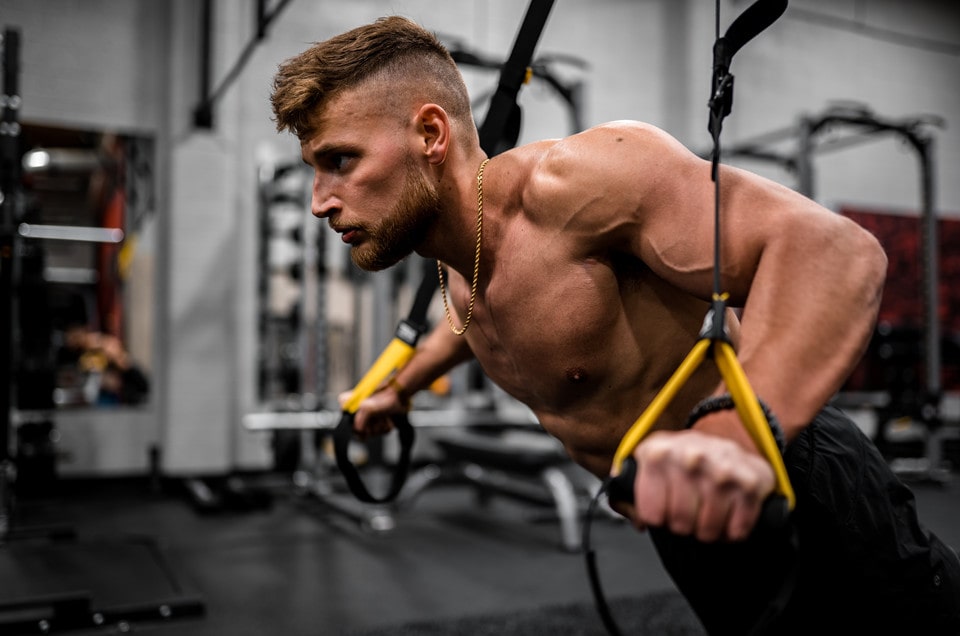
Some scientists believe your muscles hurt because you’ve made microscopic tears and basically caused damage to the tissue during your workout. As your muscles repair themselves, it triggers an inflammation process that makes you feel sore. When your muscles finally heal, they become a bit stronger.
However, more recent studies showed that that’s not the whole story. They proved that at least some of the discomfort associated with muscle soreness is caused by the connective tissue that holds muscle fibers together rather than by the fibers themselves. So, today it is generally believed that soreness depends on many factors, such as exercise program, diet, genetics, and recovery regimen.
That explains why some people are sorer after the same workouts compared to others. Still, we know enough about how muscle pain relates to muscle growth to learn a few practical tips about making better gains.
Does Soreness Mean Muscle Growth?
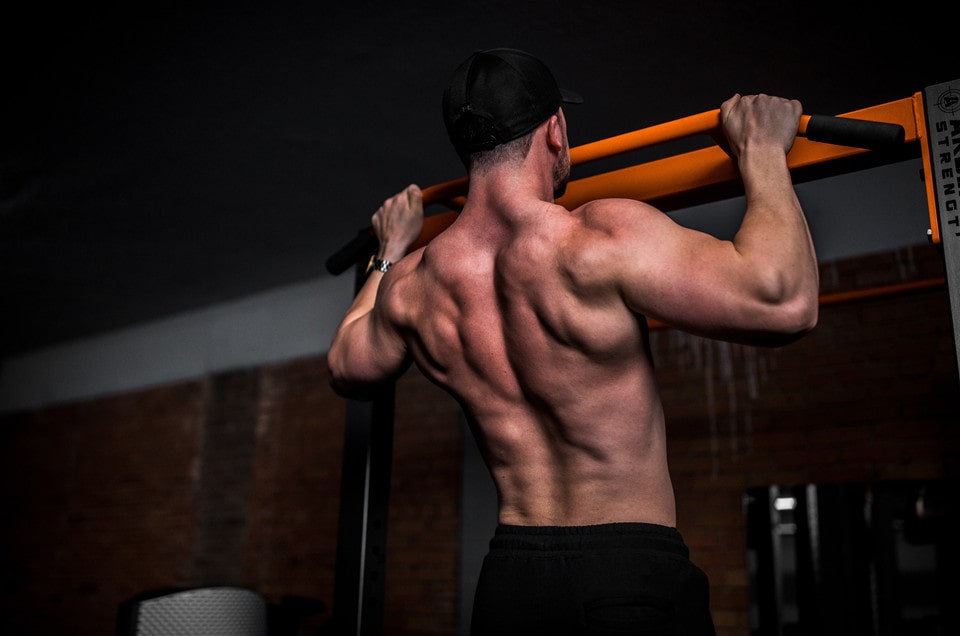
So, does soreness mean muscle growth? The short answer is no. Soreness doesn’t mean muscle growth.
On the contrary, there’s an inverse link between muscular pain and growth. That means the more it hurts after your exercise routine, the less muscle you are likely to gain over time.
Here are a couple of reasons why. First, research shows that you don’t need soreness or muscle damage to gain mass. Or simply put, if your workouts cause little or no soreness, you can still grow your muscles. Moreover, while little muscle damage can speed up the growth, too much of it will actually slow it down.
The second thing to keep in mind is that the amount of pain you are in doesn’t indicate the degree of muscle damage. In other words, a high or low level of muscle pain does not always suggest a high or low level of muscle growth or damage.
For example, people who exercise rarely create significantly less muscle yet suffer from far greater muscular soreness than those who exercise often. Also, the pain often decreases as you start training regularly, but your muscles keep growing.
What Are the Signs of Muscle Growth?
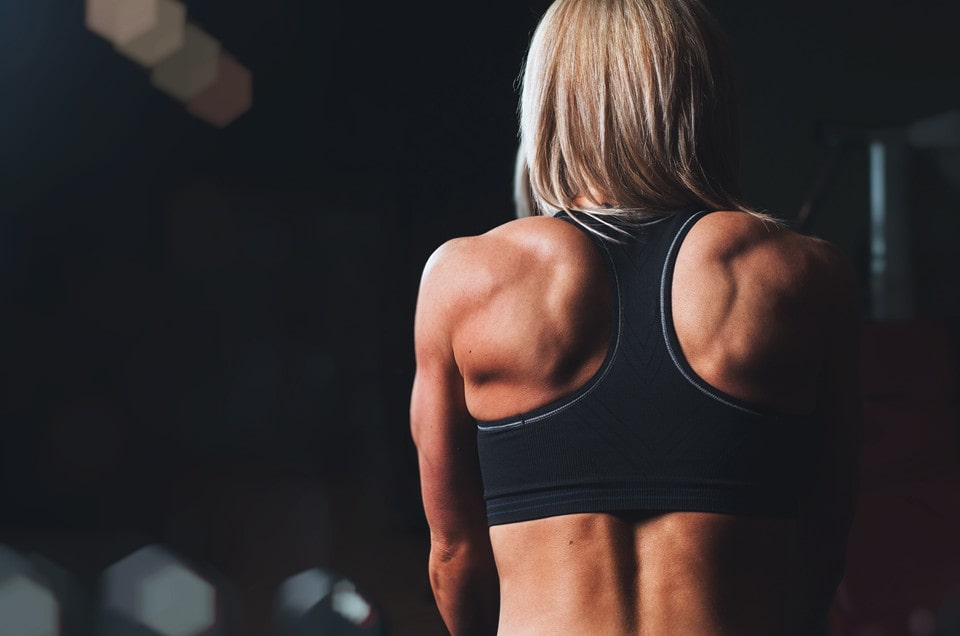
You now know that the answer to the question, “Does soreness mean muscle growth?” is a firm “No.” But if you can’t rely on soreness, what are the signs of muscle growth? Here are a few ways to track your progress and determine if your hard work is paying off.
1. Your Weight Is Going Up
Monitoring changes in your body weight is one of the simplest methods to see whether your efforts are paying off. So, if your muscles are growing, you should notice your weight rising steadily every week.
But keep in mind that your weight can fluctuate daily because of hormones, changes in your diet, and water weight. That’s why it would be best to track your weight at the same time each day and chart it.
2. Your Clothes Don’t Fit the Same
As your muscles start growing, your clothes should fit differently — but that’s a good thing. If your jeans are growing snug in the hip and thigh area or your shirts are feeling a little tighter around the biceps, chest, and shoulders, that is a positive indicator that you are gaining a healthy weight.
3. You Are Becoming Stronger
Muscle growth and more strength often go hand in hand. So, if you do strength workouts a few times a week and fuel your body properly, you should also notice improvements in your fitness.
The easiest way to track this is to keep a weekly workout diary. Take note of the number of reps and weight you can pull off and try to increase them each week.
4. Your Muscles Look “Swole”
Looking larger or puffier is natural and most likely means your muscle fibers are growing. Weight lifting increases fluids in your muscles, giving you that post-workout pump, especially at the beginning of strength training. Some of the water weight might disappear, but you can expect to keep getting bulkier.
5. Changes in Body Composition
Finally, the most effective technique to track your muscle growth progress is to evaluate your body composition at the start and end of your bulk. You can buy an inexpensive and practical at-home scale and a DXA/DEXA scan, which calculates your body fat percentage.


